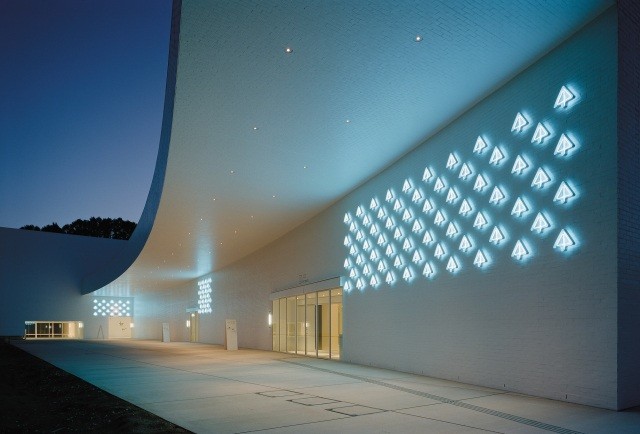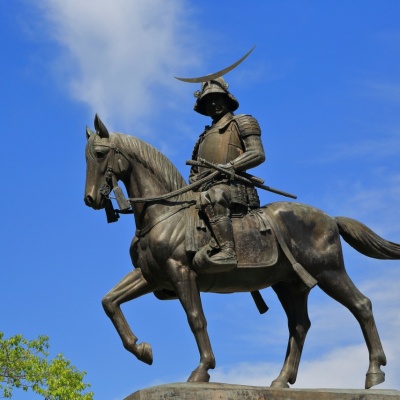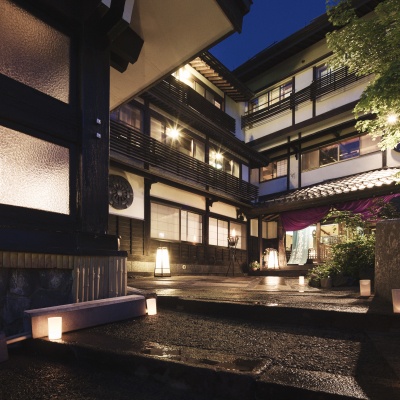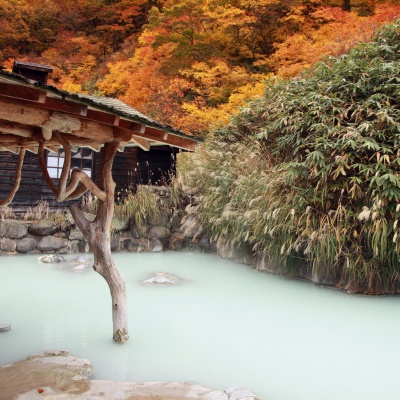Tohoku Sanriku Coast and Marine Adventure
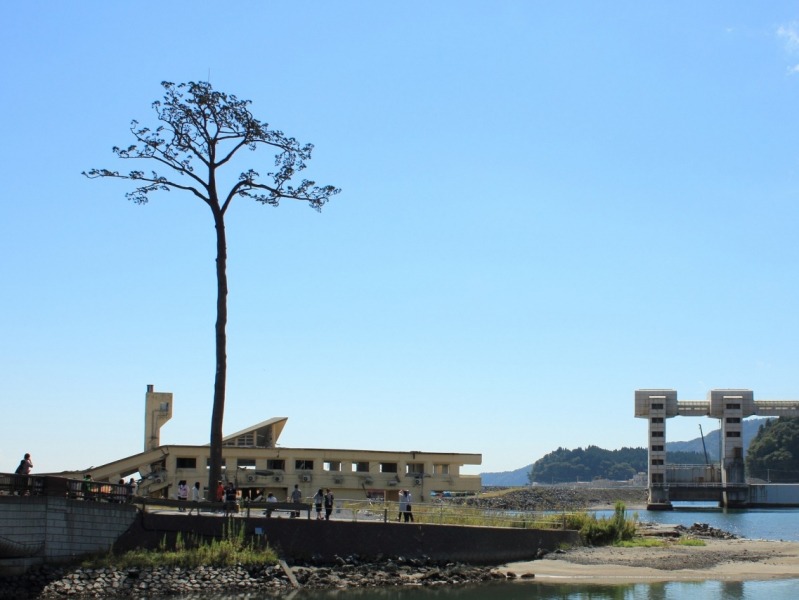
- Suggested Time : 3 days / 2 nights
- Transport Options : Drive
Enjoy marine activities while touring the beautiful ria coast along the Pacific Ocean.
This route will take you to waterfront adventures such as a boat cruise, fishing boat ride, and exploration of a refreshing, clear river.
(Hiraizumi - Kesennuma - Rikuzentakata - Miyako - Hachinohe - Aomori)
Chuson-ji Temple
A World Heritage temple complex featuring a dazzling golden hall
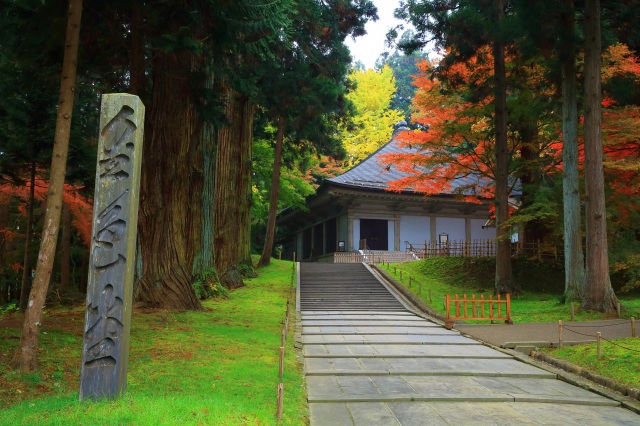
Chuson-ji was founded in 850 by the great priest Jikaku Daishi Ennin, and in the early 12th century, Kiyohira, the first generation of the Oshu Fujiwara clan, began the construction of a large hall and pagoda. Kiyohira, who had lost his family in the war, is said to have expressed his wish for a peaceful ideal society based on the teachings of Buddha. Hiraizumi prospered as a gold-producing area, and Motohira the second, followed by Hidehira the third, flourished for nearly 100 years until Yasuhira the fourth was destroyed by the Minamoto clan. Konjikido, National Treasure No. 1, is the culmination of the craftsmanship of the time, including mother-of-pearl inlay, openwork carving, and lacquer maki-e. The "Sankozo" houses Buddhist statues and other valuable cultural assets. As a treasure house of Buddhist art representative of eastern Japan, the museum preserves the history and prosperity of the Oshu Fujiwara clan.
The temple is also attractive for its seasonal changes in appearance: cherry blossoms in spring, fresh greenery in summer, autumn leaves in fall, snow in winter, and the building and its natural surroundings.
Kesennuma Sea Market (Shark Museum)
A symbolic spot in Kesennuma where the charm of the sea is gathered!
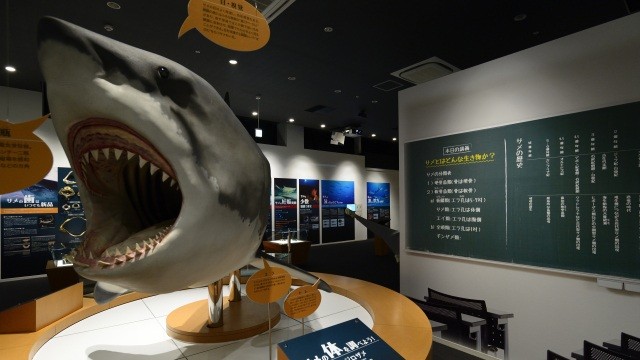
Kesennuma Bay Cruise
Look up from the ship at Kesennuma Bay Bridge, the longest bridge in Tohoku!
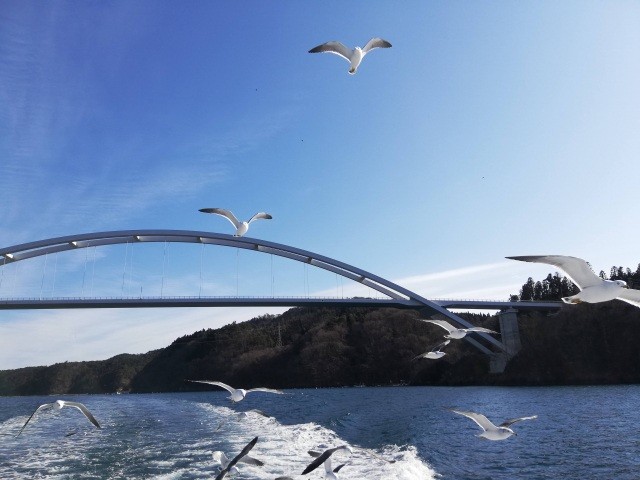
Miracle Lone Pine Tree
A symbol of reconstruction that withstood the tsunami of the Great East Japan Earthquake
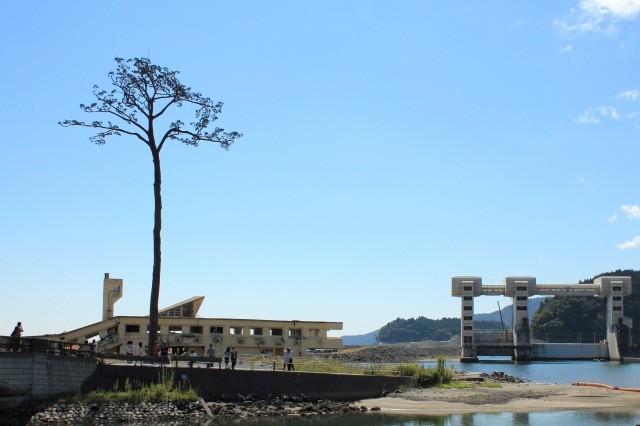
Subsequently the roots of the tree rotted due to seawater infiltration and the tree was confirmed to have died. However, the “Miracle Lone Pine Tree Preservation Project” was launched out of a desire to retain this symbol of hope for future generations and it was preserved as a monument. It is visited by many people both by day and by night, who stand in front of it and pray for reconstruction.
[Rikuzentakata City] Great East Japan Earthquake Tsunami Lore Museum Iwate TSUNAMI Memorial
Protecting Lives and Living with the Sea and the Land - To Never Repeat the Sorrows of the Great East Japan Earthquake Tsunami
![[Rikuzentakata City] Great East Japan Earthquake Tsunami Lore Museum Iwate TSUNAMI Memorial](/lsc/upfile/spot/0100/6852/1006852_1_m.jpg)
Kassen Ofunato
Sanriku and Ofunato, starting here.
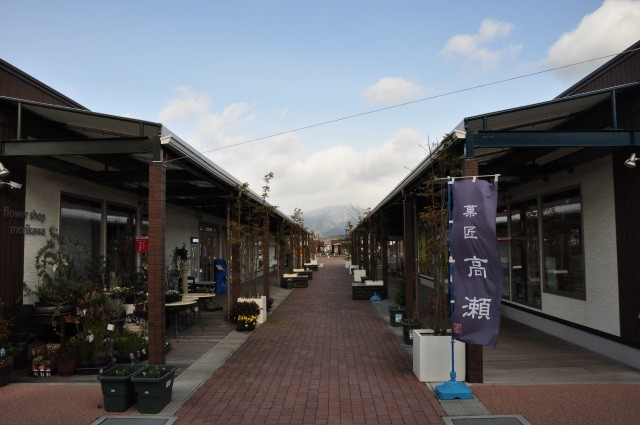
[Kamaishi City, Iwate Prefecture] Hakozaki Shirahama Lodging Facility Gobakozaki no Yado (Hakozaki Shirahama Lodging Facility)
Lodging facility where you can experience the unique lifestyle and hospitality of a fishing village.
![[Kamaishi City, Iwate Prefecture] Hakozaki Shirahama Lodging Facility Gobakozaki no Yado (Hakozaki Shirahama Lodging Facility)](/lsc/upfile/spot/0100/6832/1006832_1_m.jpg)
Note: There is no public transportation.There is no public transportation. If you are coming by car, please ask for a pick-up service when you make a reservation.
Jodogahama Beach
This beautiful beach compared to Buddha’s Paradise was once visited by Kenji Miyazawa
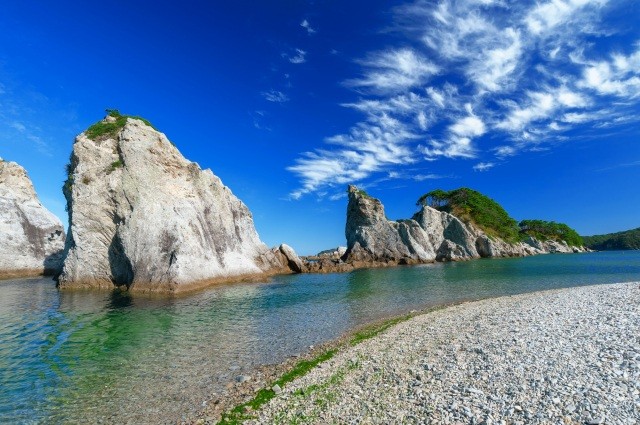
The calm beach is a popular bathing location during summer and is regularly listed as one of Japan’s best swimming locations.
Pleasure boat cruises are also available. Departing from Jodogahama, passengers have the chance to feed flocks of black-tailed gulls while enjoying the superb views of the national natural treasure Shiofuki-ana, the sheer cliffs of Anegasaki Cape and Hidejima Island.
Visitors can learn the history of the local area and its marine life at the nearby Jodogahama visitor centre and Iwate Marine Science Museum before heading along the walking trails to observation decks offering panoramic views of the beach and the Pacific Ocean. The Jodogahama Rest House is the perfect place for a break offering a range of local dishes and souvenirs with wonderful coastal views.
Boat tours to Hachinoheana, known as the Blue Cave, are available from the Jodogahama Marine House. The tour weaves through dynamic coastal landscapes before reaching the incredible blue waters within the cave. A morning tour is particularly recommended as this is when the emerald green of the ocean water is at its most impressive.
Kenji Miyazawa, a famous poet and writer of fairy tales, is among the well-known visitors to Jodogahama. Enjoy the stunning scenery of this beach long-compared to Buddha’s Paradise!
A thematic journey in the Tohoku region:Nature・Spectacles
Ryusendo Cave
Mysterious stalactites await you in a "dragon blue" underground lake!
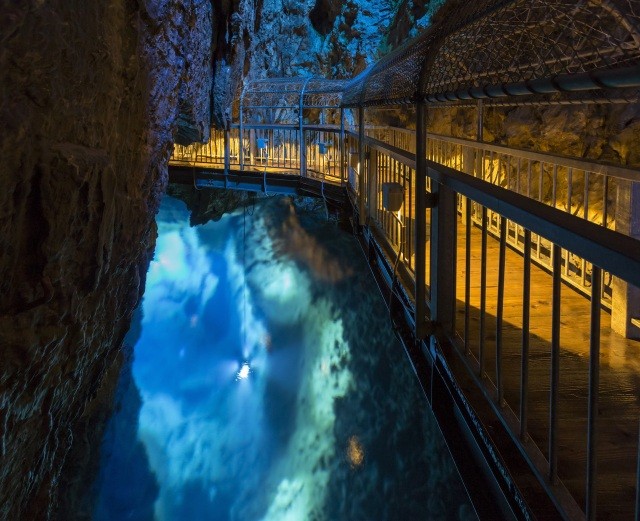
Visitors can tour from the first underground lake, which was discovered during a survey in the 1930s, to the third underground lake, which boasts a maximum depth of 98 meters.The mineral-rich water from Ryusendo, nurtured by the surrounding forest area, is used as the water supply for the town of Iwaizumi and is also popular as a souvenir.
The Kikugashira bats, which live in Ryusendo, are often seen here, and five other bat species have been confirmed to inhabit the caves, including bats that visit the caves to overwinter.Do not touch them and observe them gently!
You can also enjoy the Ryusendo New Cave Science Museum, which is accessible with a common ticket with Ryusendo.This is a science museum using a natural cave with approximately 200 meters of limestone caves open to the public.Located right across from the entrance to Ryusendo, the museum features stalactites of various shapes nurtured in ancient strata.Ruins that are thought to date back to the early Jomon period have also been found, and earthenware, ornaments, shells, and other artifacts have been excavated.
Kuji Amber Museum
Like a time capsule of amber. See and feel the mysteries of the Earth
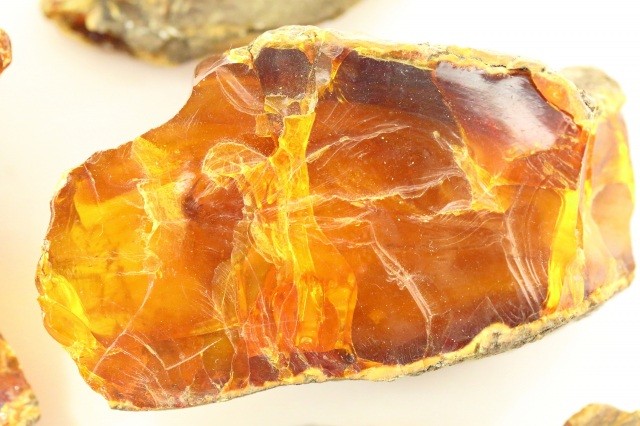
In the movie Jurassic Park, the fossils of mosquitoes trapped in amber are used to extract dinosaur DNA and recreate the once-extinct creatures in the modern day. Amber from the Kuji area precisely dates to the late Cretaceous period in the Mesozoic Era. Recently, fossilised insects trapped in amber have been discovered one after another, which are like time capsules that have captured prehistoric time. You can see the full mysteries of the earth in these precious amber specimens.
You can also go into the field outside with an ice pick or spade to experience amber mining the Cretaceous stratum under the guidance of museum staff, and try your hand at making amber balls and accessory crafts (reservation required, extra fees apply).
A thematic journey in the Tohoku region:Art galleries・Museums
Hachinohe Alley
The famous Yokocho group is a theme park for adults!
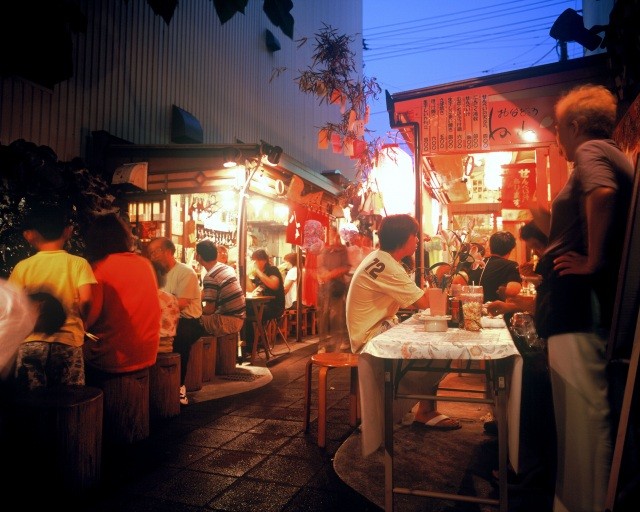
Oirase Mountain Stream
With two stars in the Michelin Green Guide, this pristine stream is one of the most popular scenic locations in Tohoku
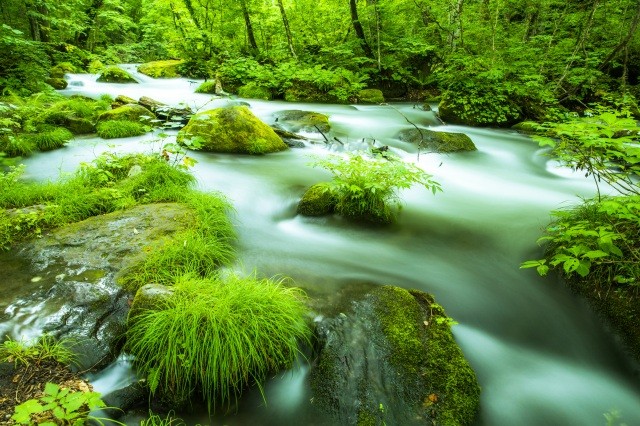
Photography enthusiasts in particular should walk from the lower to the upper stream to find the ideal vantage points of the natural light shining on the stream and surrounding foliage. The trail is an easy walk without any challenging climbs. The four-hour full trekking route from the pleasure boat pier of Lake Towada (Nenokuchi bus stop) to Yakeyama bus stop close to the Oirase Stream Museum is as follows:
Nenokuchi - (20min) - Choshi Otaki - (50min) - Kumoi no Nagare - (30min) - Kumoi no Taki - (30m) - Makado Iwa - (15min) – Ishigedo - (70min) - Yakeyama
The best time to enjoy the area’s verdant greens is from mid-May to mid-June. Gorgeous autumn leaves are at their best from mid to late October. Journey times may be slower due to traffic congestion during these peak seasons. Beat the crowd by starting your trek in the early morning and you will also have the chance to see the fantastic morning dews sparkling in the sunshine filtering through the foliage.
Hakkouda trekking in fresh green - Kenashi Paradise Line
This trekking course is mainly downhill! Enjoy the fresh green and red leaves of the mountains and alpine flora!
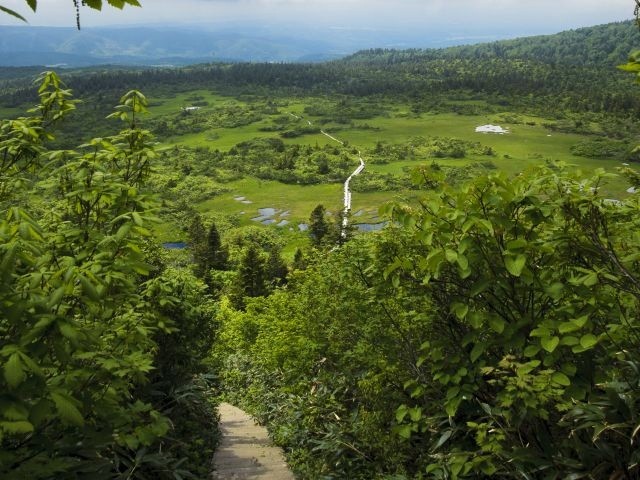
Sukayu Hot spring
Touji Inn in Hakkouda
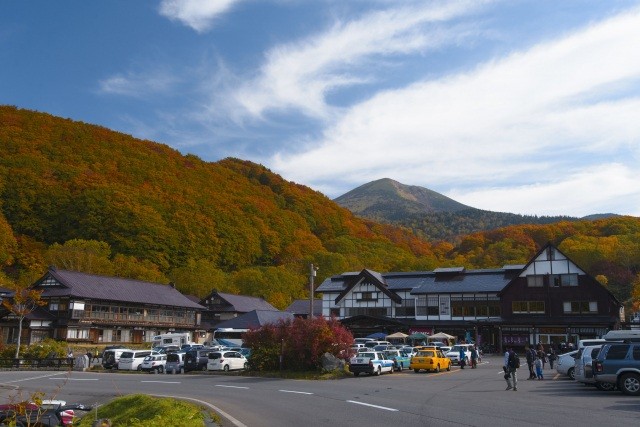
Sukayu Onsen is located in Towada-Hachimantai National Park. It was designated as "National Recreational Hot Spring Resort No. 1" in 1954 in recognition of its outstanding hot spring benefits, abundant spring water, spacious accommodations, pure natural environment, convenient transportation, and low rates. The famous "Hiba Senninburo" baths are 160 tatami in size, and the culture of mixed bathing still exists today (women-only hours are available in the morning and evening). A variety of rooms are available, from quaint Touji rooms to Western-style rooms with beds, where you can relax and unwind from the daily stress.
Nebuta House Wa Rasse
Nebuta Museum Wa Rasse
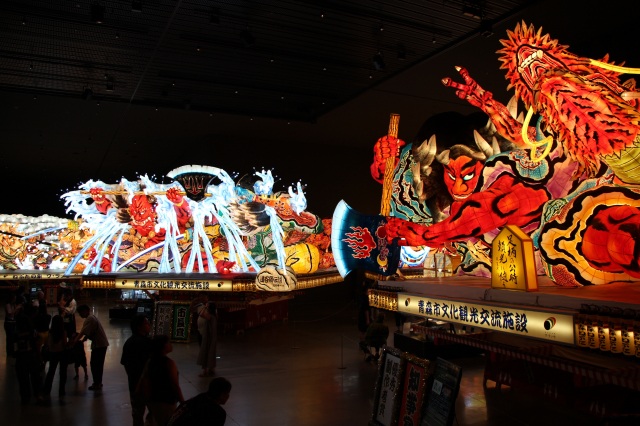
【Main Facilities】 Visitors can learn about the history of the Nebuta Festival and how it works. (1) Live Nebuta music performance and hands-on experience of the Nebuta Festival and its music 11:10, 13:10, 15:10, 17:10 (20 minutes each) (2) Nebuta Operation Showings: 9:30, 10:00, 10:30, 11:00, 11:30, 12:00, 12:30, 13:00, 13:30, 14:00, 14:30, 15:00, 15:30, 16:00, 16:30, 17:00, 17:30 (10 minutes each) (18:00 and 18:30 added from May to August) Hours of Operation Nebuta Museum May-August 9:00-19:00, September-April 9:00-18:00 (last admission 30 minutes before) Store May-August 9:00-19:30 September-April 9:00-18:30 Restaurant May-August Lunch time 11:00-15:00 (15:00-20:00) September-April 11:00-15:00 (15:00-19:00) *Reservations required for times in parentheses.
One hour free parking for Nebuta Museum Hall visitors Discounts for the disabled are available.
(Information as of September 25, 2024)
Sannai-Maruyama Ruins
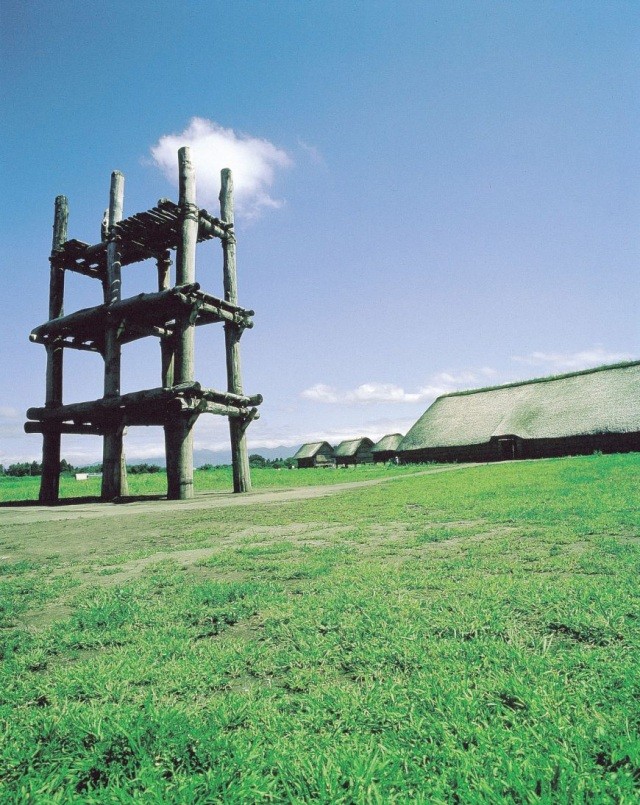
Aomori Museum of Art
